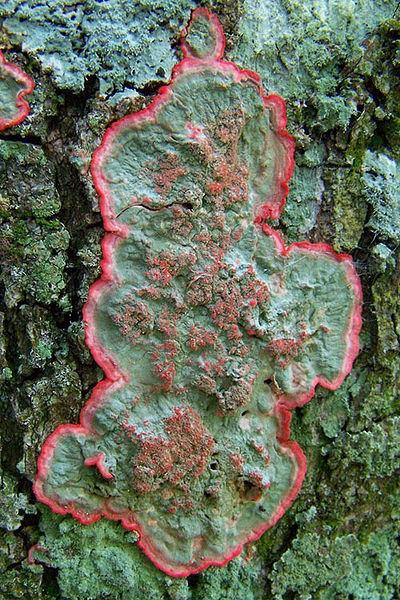Herpothallon
Scientific name: Herpothallon
Herpothallon
Scientific name: Herpothallon
 Photo By Millifolium , used under CC-BY-SA-3.0 /Cropped and compressed from original
Photo By Millifolium , used under CC-BY-SA-3.0 /Cropped and compressed from original Description
Herpothallon is a group of lichen known for its unique appearance, often forming a crusty layer on trees, rocks, or soil. These lichens are intriguing for their highly adaptable nature, thriving in both tropical and temperate regions. One interesting fact is that some species within herpothallon can change color depending on moisture levels, shifting from dull to more vibrant hues when wet. This lichens' presence often indicates clean air, as they are sensitive to pollution.